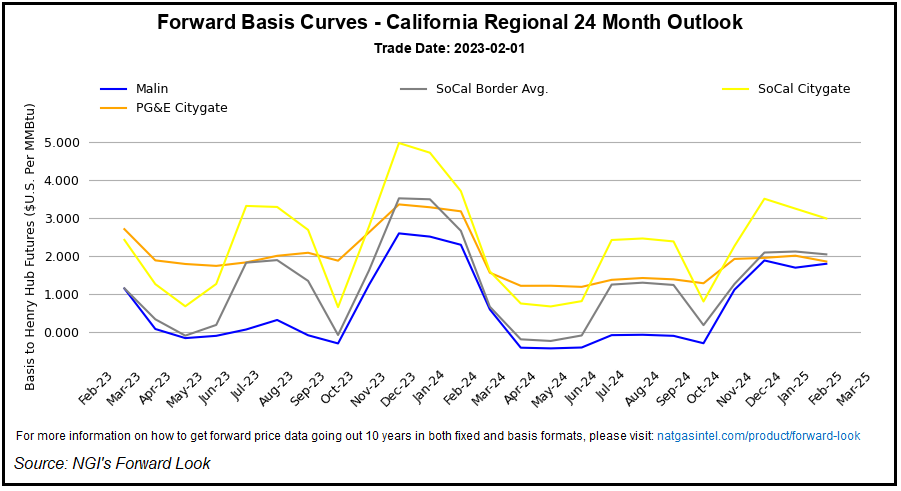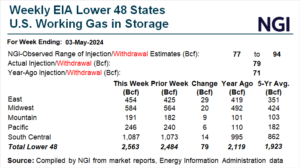Markets | Natural Gas Prices | NGI All News Access | NGI The Weekly Gas Market Report | Shale Daily
Natural Gas Forward Discounts Widespread as February Expected to Bring More Warmth
© 2024 Natural Gas Intelligence. All rights reserved.
ISSN © 2577-9915 | ISSN © 2577-9877 | ISSN © 1532-1266 | ISSN © 2158-8023 |



